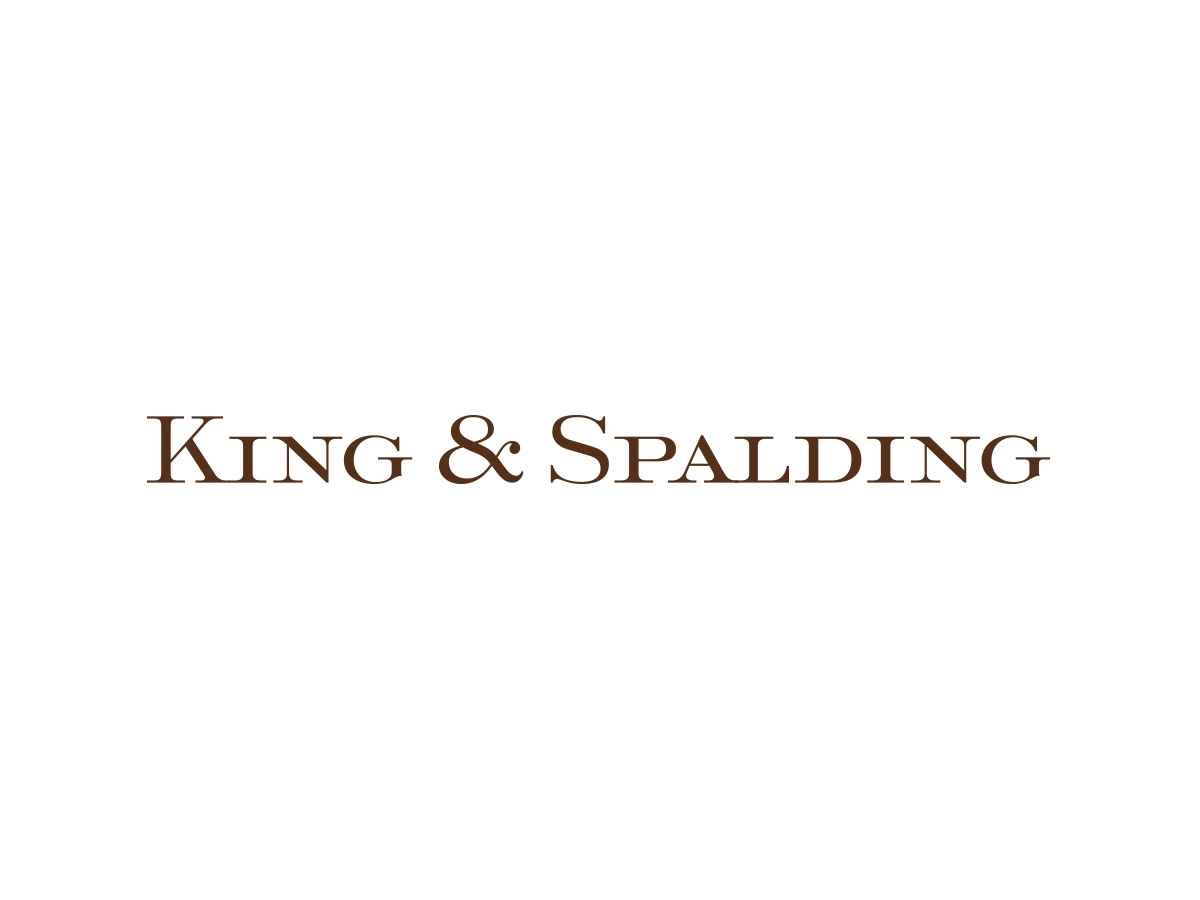OIG publishes an advisory opinion regarding the funding of continuing education programs | King and Spalding
On June 23, 2022, the OIG issued Advisory Opinion No. 22-14 in which it responded to a request for an advisory opinion regarding an ophthalmology practice’s proposal to offer continuing education programs (CE ) to local optometrists (proposed provisions) under the Federal Anti-Kribery Act (AKS). By providing a partially favorable opinion as detailed below, the OIG has shed additional light on the concepts of free or reduced cost goods or services and “substantial independent value” under the AKS.
Factual background
The applicant is an ophthalmology practice specializing in cataract and refractive surgery, with one ophthalmologist performing surgeries and three optometrists providing primary eye care in support of these surgeries. Under the proposed arrangements, the applicant would offer, on an annual basis, two continuing education programs to local optometrists that would address new technologies and pharmacological practice treatment protocols relevant to the treatment of patients requiring ophthalmic surgeries, including the plaintiff’s patients. The course options would consist of a full day CE program offering 6 CE credit hours and an evening CE program offering 2 CE credit hours. The applicant would design the programs to meet the CE certification requirements for optometrists in his state.
The applicant proposed four potential options for funding CE programs:
- Layout A: The applicant would cover all costs of the continuing education program and charge participants a fair market value registration fee.
- Layout B: The applicant would cover all costs of the CE program without registration fees or outside funding.
- Layout C: The applicant would not charge participants any registration fees, but would instead seek funding from industry sponsors (e.g., medical device and pharmaceutical companies). If sponsor funding results in a shortfall, the applicant will cover the difference. If funding results in an overrun, these amounts would be donated to a local charity.
- Layout D: The applicant would charge a registration fee to participants and seek funding from industry sponsors (eg, medical device and pharmaceutical companies). Again, if income from entry fees and sponsors results in a shortfall, the applicant will cover the difference and, if they result in a surplus, these amounts will be donated to a local charity.
Legal analysis
The OIG has determined that each of the arrangements proposed above could generate prohibited compensation under the AKS and the beneficiary inducement provision of the Civil Monetary Penalties Act. However, the OIG stated that it would not impose administrative penalties on the claimant under Arrangement A, but stated that Proposed Arrangement B, Proposed Arrangement C, and Proposed Arrangement D, if undertaken, would generate remuneration prohibited under the AKS, if the required conditions of intent were present, which would be grounds for the imposition of sanctions. The OIG has analyzed each proposed arrangement separately under the AKS, as follows:
- Layout A: The OIG has concluded that this arrangement presents a sufficiently low level of risk under the AKS, as the applicant has certified that the registration amounts it proposes to charge and the expected number of participants correspond to the estimated amount expenses, so any shortfall or excess revenue should not be substantial. Additionally, there would be no industry sponsors or funding sources other than the entry fee and, in some circumstances, the applicant’s contribution to cover the remaining expenses.
- Layout B and Layout C: The OIG has concluded that these arrangements pose more than a minimal risk of fraud and abuse, as the CE program would be completely free to all local optometrists who may be able to refer cases from the federal health care program. health to the applicant. The OIG has indicated that it has long been concerned about the provision of free goods or services to an existing or potential referral source. The provision of goods or services that have independent value to the recipient or for which the recipient would otherwise pay confers a benefit on the recipient. With respect to the applicant’s funding under Proposed Arrangement B and Proposed Arrangement C, there is an increased risk that this compensation will incentivize optometrist participants and outside faculty to refer surgical patients, including recipients of the federal health care program, to the applicant, which could result in inappropriate referral of patients.
- Layout D: The OIG concluded that this arrangement poses more than a minimal risk of fraud and abuse under the AKS, as CE programs would be sponsored by industry sponsors, relieving the applicant of paying all expenses it would otherwise incur. The OIG has concerns regarding the provision of free goods or services to an existing or potential referral source. The provision of goods or services that have independent value to the recipient or for which the recipient would otherwise pay confers a benefit on the recipient. Thus, the OIG was unable to conclude that industry sponsorships in Proposed Arrangement D would pose a low enough risk of fraud and abuse that it would not potentially seek to impose sanctions. administrative.
As usual, the OIG has stated that Advisory Opinion No. 22-14 is limited in scope to the proposed arrangement. However, this notice provides guidance on how the OIG might respond to similar requests. The OIG advisory opinion is available here.


Comments are closed.